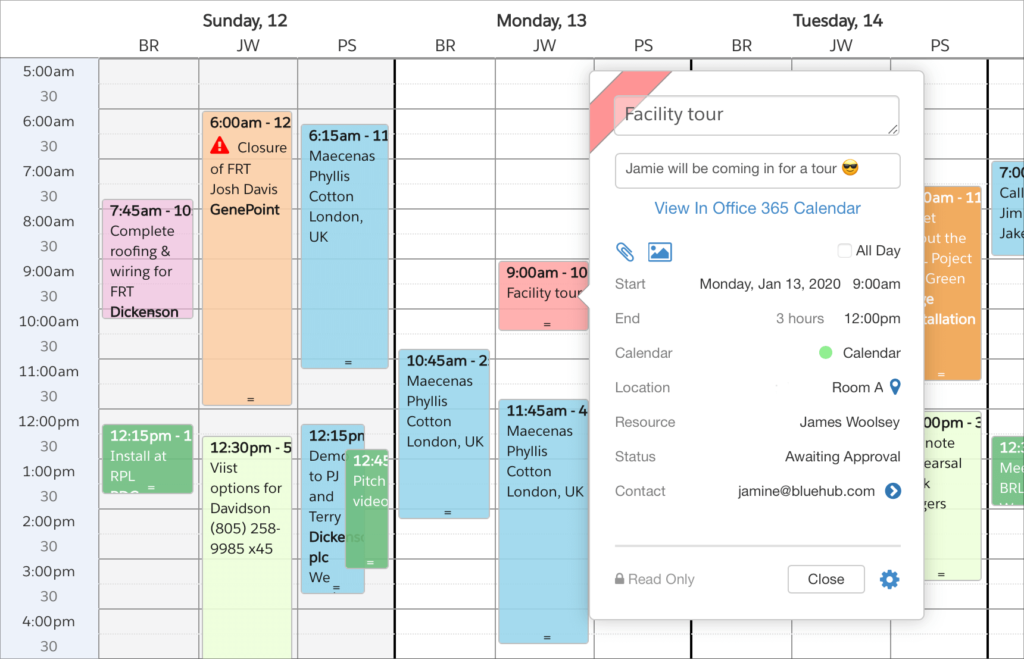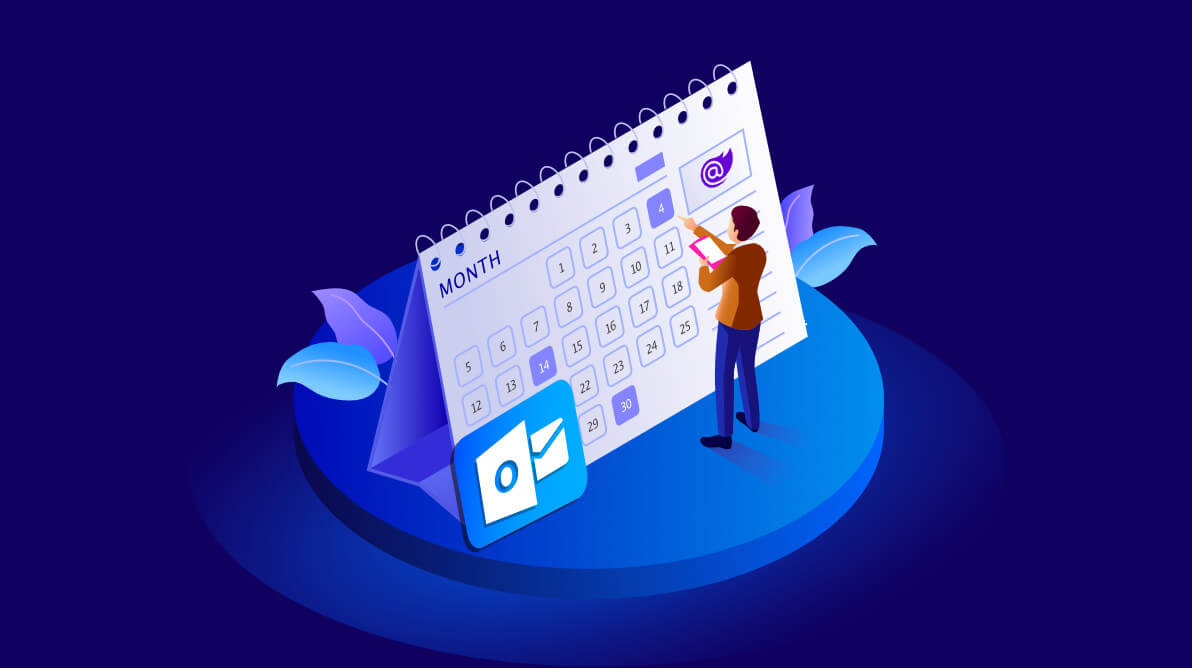

Getting started with Microsoft Graph using OAuth2.
#Microsoft office 365 calendar api how to#
For more information and details on how to make the transition, please refer to the following articles: If you have been using the Outlook REST v1.0 API in your app, you should plan on transitioning to Microsoft Graph-based Outlook REST APIs to continue accessing Exchange Online data. This means that new or existing apps will not be able to use Basic Authentication in Outlook REST API v1.0 starting November 1 st, 2018 and will not be able to use Outlook REST API v1.0 at all starting November 1 st, 2019.

Additionally, starting on November 1 st, 2019, we will decommission the Outlook REST API v1.0 in favor of Microsoft Graph and Outlook REST API v2.0. Today, we are announcing that on November 1 st, 2018, we will stop supporting Basic Authentication in Outlook REST API v1.0. Both Outlook REST API v2.0 and Microsoft Graph use OAuth 2.0 for authentication and authorization, which is a more secure and reliable way than Basic Authentication to access data. Over time, we’ve released major enhancements in Outlook REST API v2.0 and Microsoft Graph, both of which provide richer features, and better performance and reliability than Outlook REST API v1.0. Version 1.0 of the Outlook REST API was launched in 2015 to provide API access to mail, calendar, contacts, and other data from Exchange Online, with support for Basic Authentication. Today, this is the case for v1.0 of the Outlook REST API, the Office 365 discovery service, the Live Connect APIs, and Live SDK. When this occurs, we follow our service deprecation policy and announce these services as being deprecated. As we make progress in this journey, some technologies become obsolete, because they no longer provide the best way to interact with Office 365 data. Over the last few years, we have been investing in services that help developers access information in Office 365 in a simple and intuitive way.


 0 kommentar(er)
0 kommentar(er)
